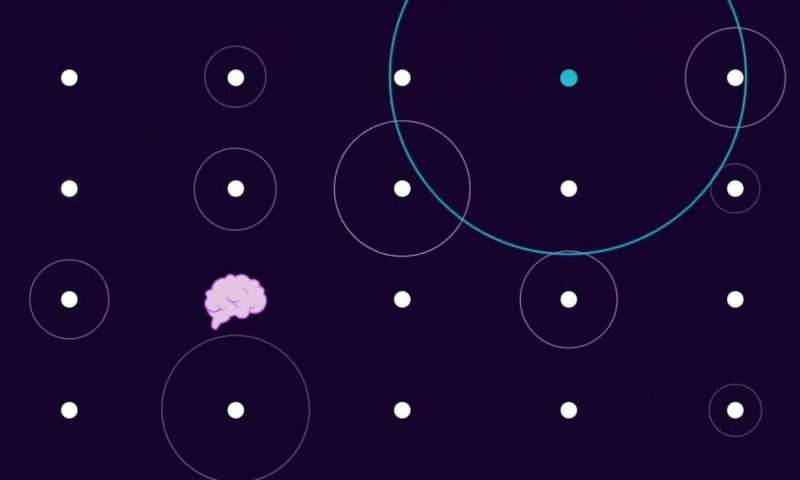Chameleon-Like Material Spiked With Boron Comes Closer To Mimicking Brain Cells
16. 12. 2020 | Texas A&M University | www.tamu.edu
Each waking moment, our brain processes a massive amount of data to make sense of the outside world. By imitating the way the human brain solves everyday problems, neuromorphic systems have tremendous potential to revolutionize big data analysis and pattern recognition problems that are a struggle for current digital technologies.
But for artificial systems to be more brain-like, they need to replicate how nerve cells communicate at their terminals, called the synapses. In a study published in the September issue of the Journal of the American Chemical Society, researchers at Texas A&M University have described a new material that captures the pattern of electrical activity at the synapse. Much like how a nerve cell produces a pulse of oscillating current depending on the history of electrical activity at its synapse, the researchers said their material oscillates from metal to insulator at a transition temperature decided by the device’s thermal history.

Materials are generally classified into metals or insulators depending on whether they conduct heat and electricity. But some materials, like vanadium dioxide, lead a double life. At certain temperatures, vanadium dioxide acts like an insulator, resisting the flow of heat and electric currents. But when heated to 67 degrees Celsius, vanadium dioxide undergoes a chameleon-like change in its internal properties, converting to a metal. These back-and-forth oscillations due to temperature make vanadium dioxide an ideal candidate for brain-inspired electronic systems since neurons also produce an oscillatory current, called an action potential.
Read more at Texas A&M University
Image Credit: Texas A&M University
-jk-




